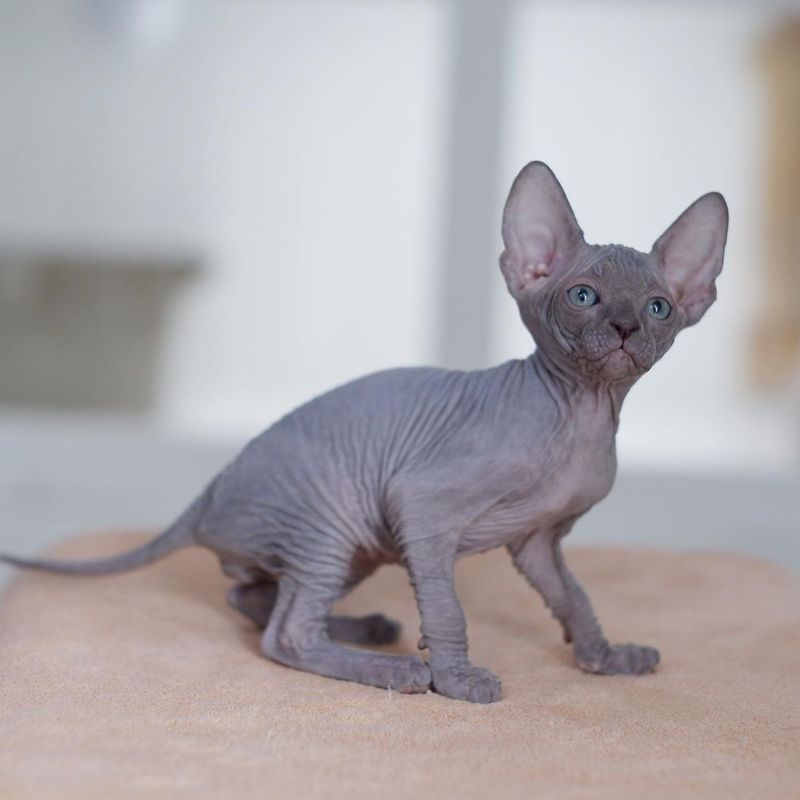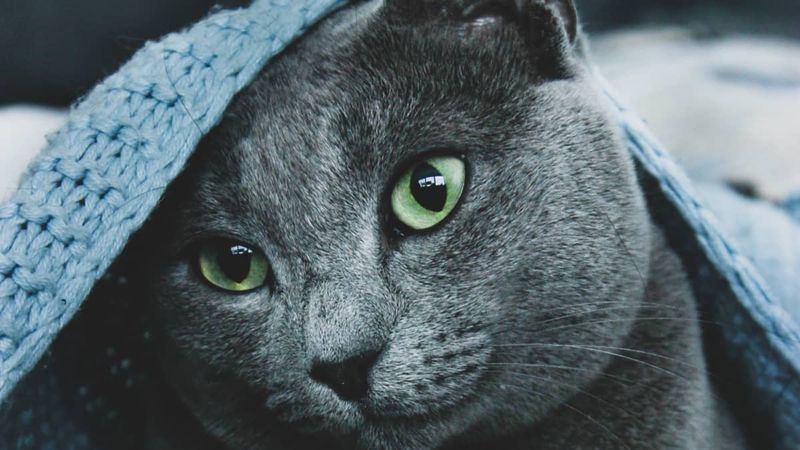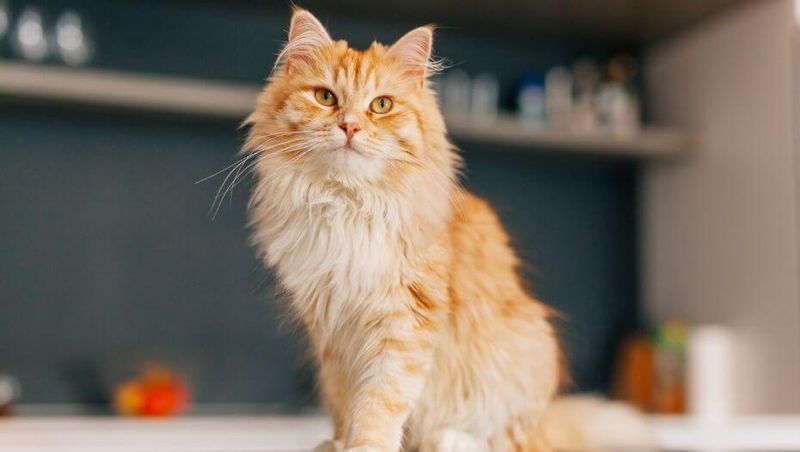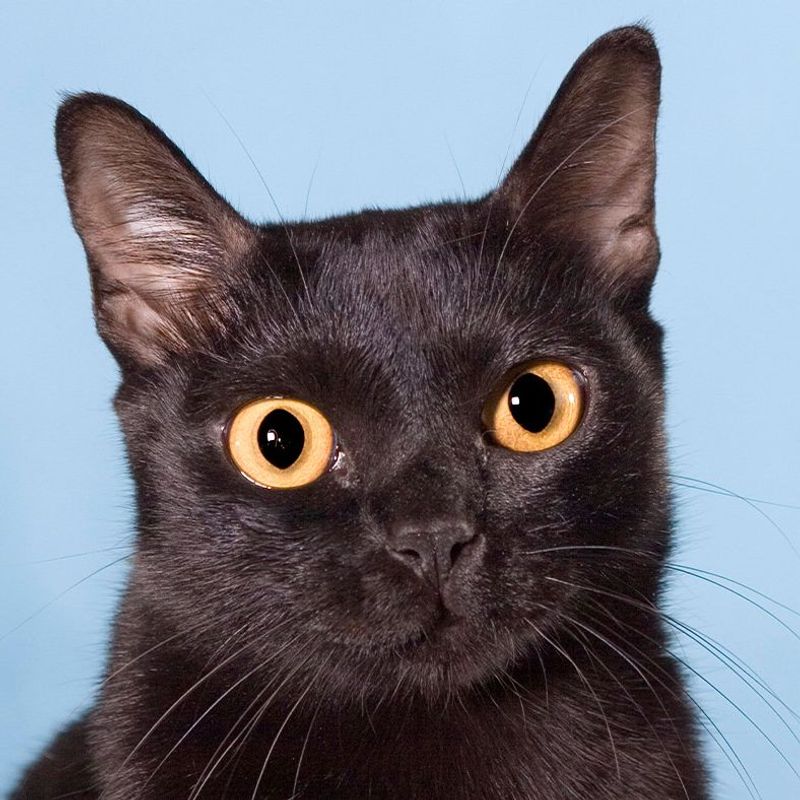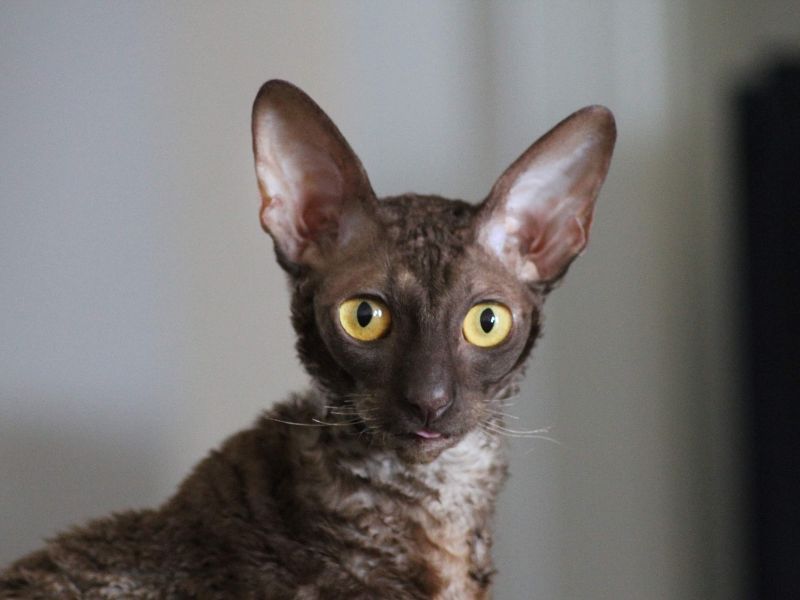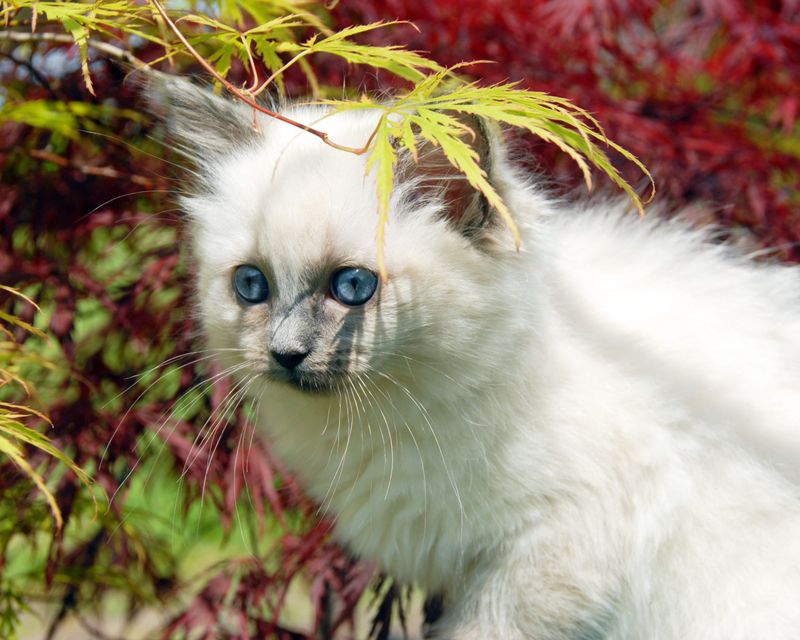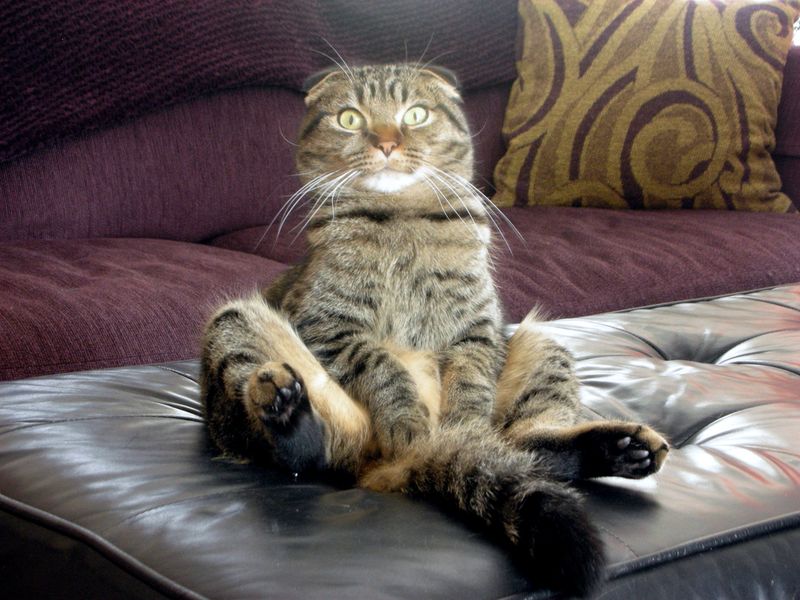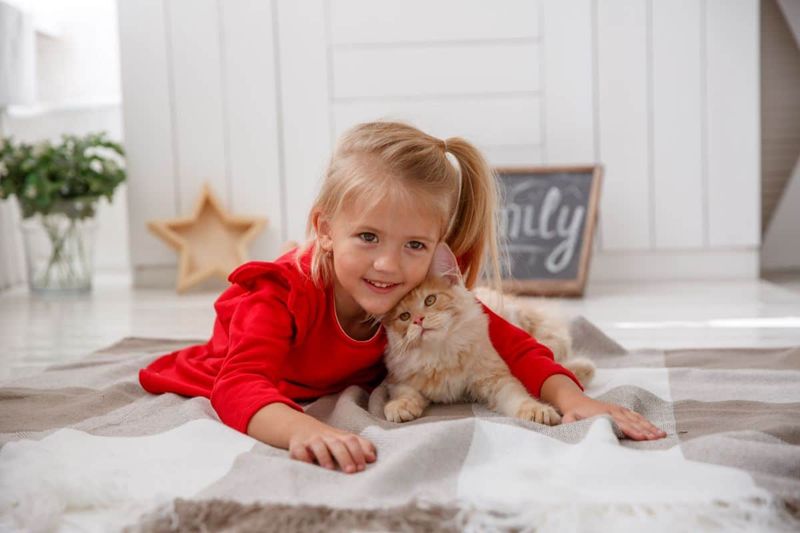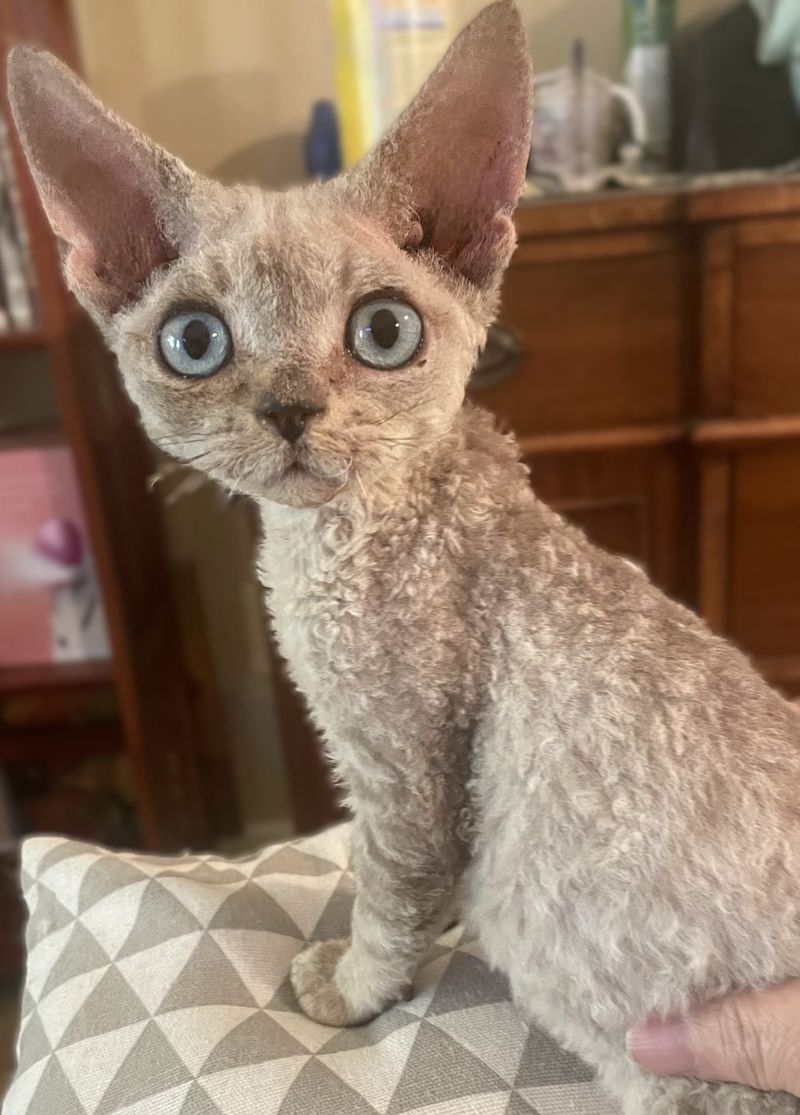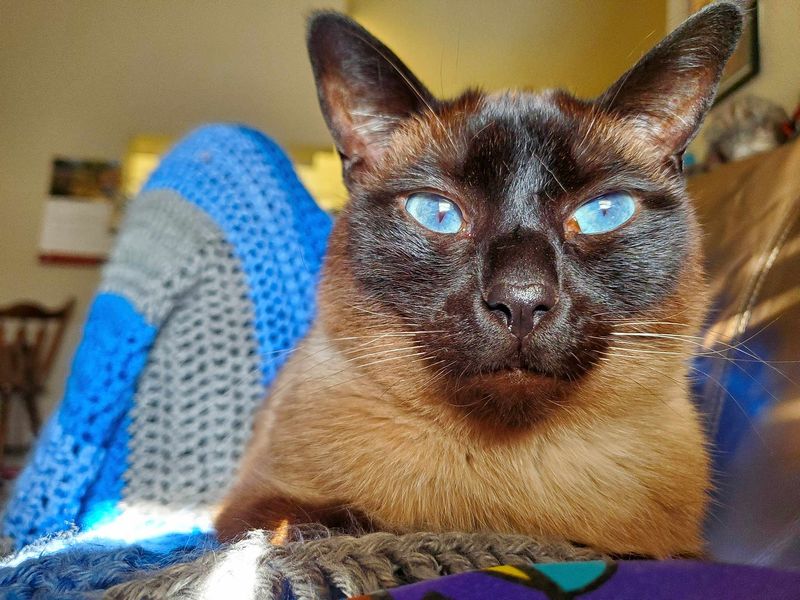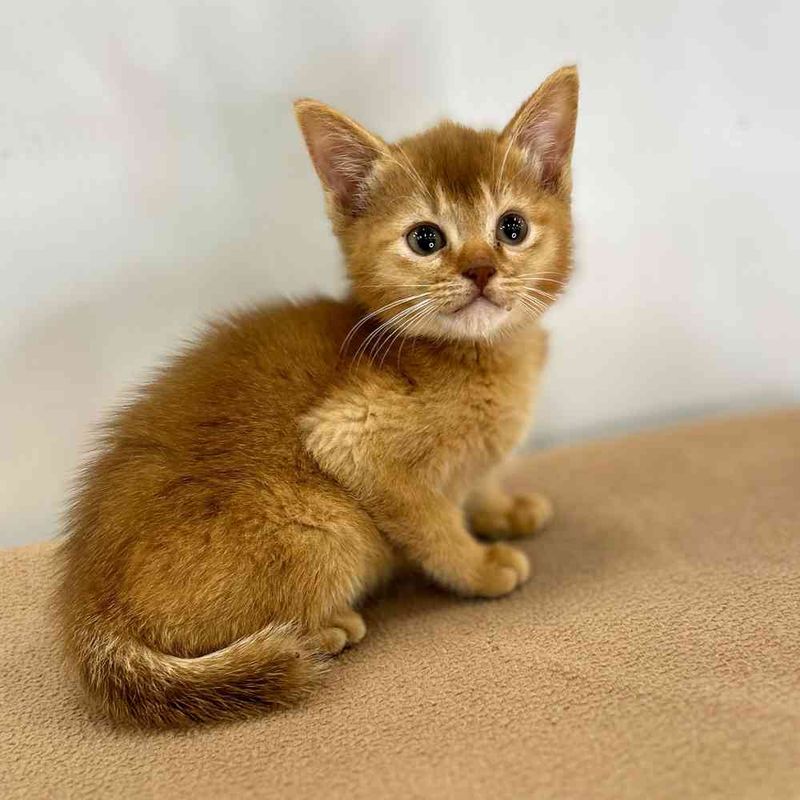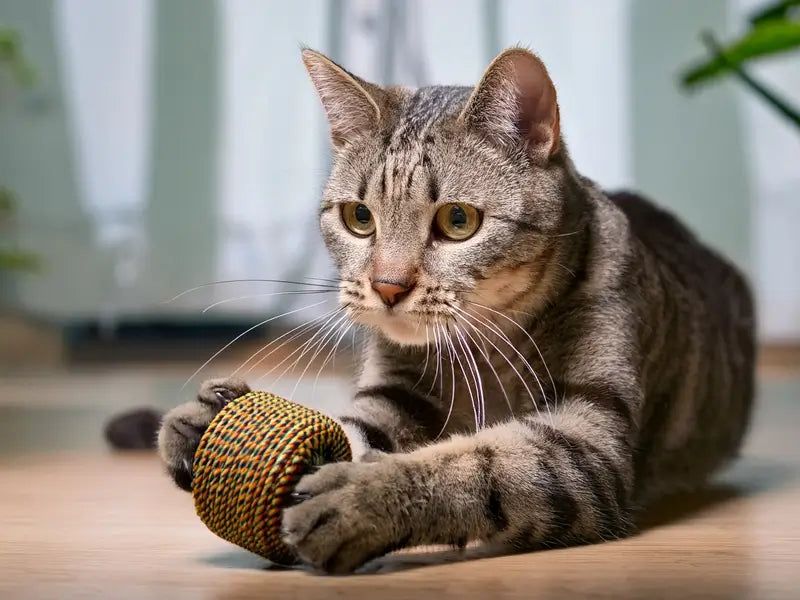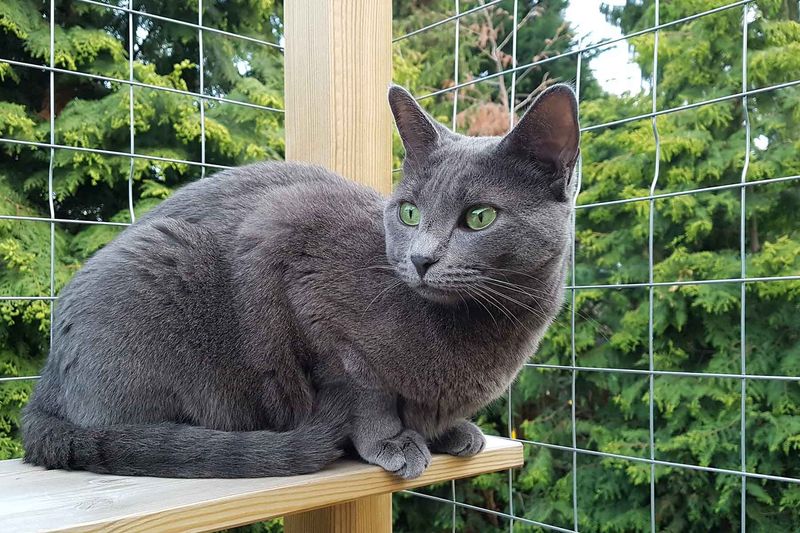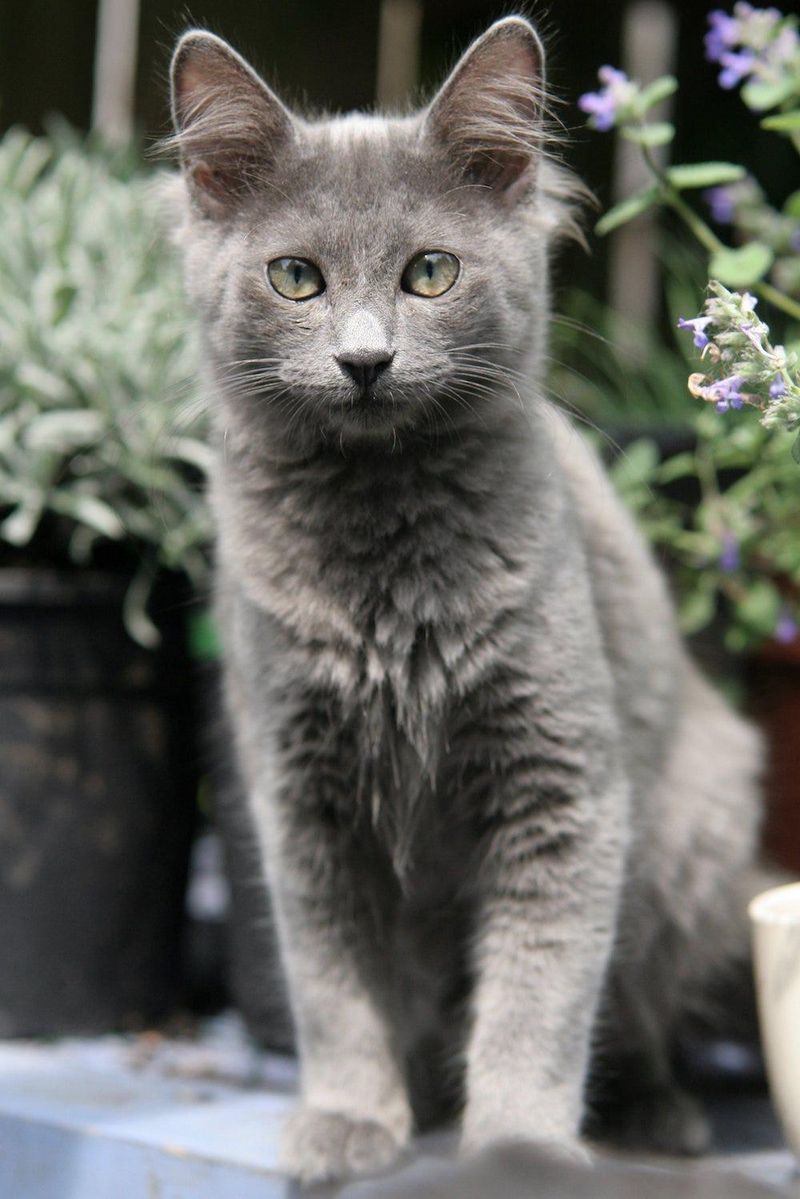📖 Table of Content:
Some cats get a bad rap for being aloof, aggressive, or high-maintenance when they’re actually sweethearts in disguise. These misunderstood felines often wait longer in shelters while their more popular counterparts find homes quickly. Behind their supposed flaws are loyal companions with unique personalities and incredible capacity for love. Let’s meet 17 cat breeds whose reputations don’t match their true loving nature.
1. Sphynx
Hairless and often misunderstood, Sphynx cats face judgment for their unusual appearance. Many people assume they’re weird or alien-like, but these cats are actually among the most affectionate breeds in the feline world.
Sphynx cats crave human contact and will follow their owners everywhere. They’re known for sleeping under blankets with their humans and demanding cuddle sessions throughout the day.
Their warm, suede-like skin makes them natural hot water bottles, and their outgoing personalities make them excellent companions for families. Despite their lack of fur, they’re not hypoallergenic—they still produce the protein that triggers cat allergies.
2. Bengal
Bengals have earned a reputation as wild, unruly cats that can’t be tamed. Their striking spotted coats remind people of their Asian leopard cat ancestors, leading to misconceptions about their temperament.
Contrary to popular belief, Bengals form deep bonds with their families. These athletic cats simply need proper stimulation and play to channel their energy. Their intelligence makes them highly trainable—many can learn tricks and even walk on leashes.
Bengals are chatty companions who communicate with distinctive chirps and trills. They excel in homes with interactive owners who can appreciate their playful nature and provide climbing opportunities to satisfy their natural instincts.
3. Russian Blue
Often mistaken for being cold or standoffish, Russian Blues are actually reserved cats who take time to warm up to strangers. Their stunning silver-blue coat and gentle personality make them wonderful companions once they feel comfortable.
Behind their initial shyness lies a deeply loyal and sensitive companion. Russian Blues form intense bonds with their chosen humans, becoming shadows that follow them from room to room. They’re simply selective about who receives their affection.
These cats thrive in peaceful environments and make excellent pets for quiet individuals. Their soft, plush coats require minimal grooming, and they’re one of the few breeds that rarely shed. Russian Blues also tend to be less allergenic than many other cat breeds.
4. Siamese
Despite being portrayed as sneaky villains in movies like Lady and the Tramp, Siamese cats are simply expressive and social. Their loud voices are a way of saying “I’m here!” and can seem demanding to new owners, but it’s part of what makes them so charming.
In reality, Siamese cats are incredibly social and devoted to their humans. Their vocal nature stems from a genuine desire to communicate and be involved in everything their family does. These intelligent cats form strong bonds that last a lifetime.
Siamese make wonderful companions for people who appreciate conversation and interaction. They excel at learning tricks and can even be trained to walk on leashes. Their striking blue eyes and color-point coats make them beautiful as well as loving pets.
5. Persian
Wrapped in regal coats and bearing soft, flat faces, Persians often carry the aura of pampered divas. Their beauty comes with the price of careful grooming and health attention, but their serene presence makes them beloved companions.
While Persians do need regular brushing, their calm temperament makes them ideal for apartment living and families seeking a peaceful companion. These cats offer quiet affection, preferring gentle petting sessions to wild play.
Persians express love through soft purrs and slow blinks rather than boisterous behavior. They form deep attachments to their families and appreciate routine. Despite their luxurious appearance, many Persians are down-to-earth cats who simply enjoy comfortable spots near their favorite humans.
6. Bombay
Bombay cats suffer from superstitions about black cats bringing bad luck. Their sleek, mini-panther appearance can make them seem mysterious or aloof to those unfamiliar with the breed.
These misunderstood felines are actually social butterflies who thrive on human interaction. Bombays will greet visitors at the door and happily snuggle on laps for hours. Their playful nature persists well into adulthood, making them entertaining companions.
Bombays adapt well to various living situations and get along with children and other pets. They’re known for following their owners around the house and participating in daily activities. Despite their striking resemblance to wild panthers, these cats are domestic through and through, with loving personalities that defy their spooky reputation.
7. Cornish Rex
Because of their unique wavy fur and large ears, Cornish Rex cats are sometimes misunderstood, with people comparing them to aliens or rats. These looks can lead to incorrect assumptions about their temperament and health.
These energetic cats are actually clowns of the cat world, maintaining kitten-like playfulness throughout their lives. Cornish Rex cats form strong bonds with their families and are known for their warm, seeking-missile approach to finding laps to curl up in.
Their thin coats make them heat-seekers who will burrow under blankets or cuddle close for warmth. Despite looking delicate, they’re surprisingly sturdy and athletic. Cornish Rex cats shed minimally compared to other breeds, making them good choices for homes where cleanliness is important.
8. Ragdoll
The relaxed, limp posture of Ragdolls when held has led to misconceptions about their intelligence. Their calm demeanor is sometimes mistaken for passivity, but these cats are actually quite engaging and responsive.
These gentle giants are actually quite smart but express it through calm observation rather than frenetic activity. Ragdolls earned their name from their tendency to go limp when picked up—a sign of their exceptional trust in humans.
Known for dog-like loyalty, Ragdolls often greet owners at the door and follow them from room to room. Their patient nature makes them excellent companions for children and elderly people. Despite their laid-back attitude, they enjoy interactive play and can learn tricks when motivated by affection rather than treats.
9. Scottish Fold
The signature folded ears of Scottish Folds result from a genetic mutation that has sparked ethical debates within the breeding community. Critics worry about possible cartilage and joint problems, leading to scrutiny of breeding practices and public perception of the breed.
Beyond the controversy lies a sweet-natured cat with an endearing personality. Scottish Folds are known for sitting in the “Buddha position” with paws tucked under their bodies and their round faces watching the world with interest.
These medium-sized cats adapt well to various living situations and form strong bonds with all family members. They enjoy interactive play but aren’t overly demanding of attention. Scottish Folds typically get along well with children and other pets, making them versatile family companions despite their controversial physical feature.
10. Maine Coon
Towering and majestic, Maine Coons command attention with their sheer size and untamed looks. Though their hunting heritage paints them as fierce and aloof, these gentle giants often surprise with their warmth and devotion to family.
Despite their imposing stature, Maine Coons are famously gentle giants with chirping voices that seem too small for their bodies. These cats excel at being family companions and are known for their patience with children and other pets.
Maine Coons retain playful personalities throughout their lives but express it through gentle paw taps rather than rough play. They’re not typically lap cats due to their size but show affection by staying close to their humans. Their thick, water-resistant coats and tufted paws tell the story of their hardy New England origins.
11. Devon Rex
With their curly coats and oversized ears, Devon Rex cats look like playful little elves. Their lively nature means they’re often up to some harmless mischief, which adds to their unique charm rather than detracts from it.
These playful cats do have active personalities, but they channel their energy into entertaining antics rather than destructive behavior. Devon Rex cats are incredibly people-oriented, often perching on shoulders or hiding under blankets with their humans.
They form strong bonds with their families and suffer from separation anxiety if left alone too long. Devon Rex cats thrive in households where someone is usually home to provide company and playtime. Their soft, wavy coats require minimal grooming, making them lower-maintenance than they appear.
12. Tonkinese
Tonkinese cats are often overshadowed by their Siamese and Burmese parent breeds, leading to misconceptions about their unique qualities. Some consider them too vocal or demanding based on their Siamese heritage.
In reality, Tonkinese blend the best qualities of both parent breeds. They possess the social nature of Siamese cats with the more moderate vocalization and mellow temperament of Burmese. These medium-sized cats form strong bonds with their humans.
Tonkinese excel at interactive play and problem-solving activities. They’re known for their ability to open doors and cabinets when curious about what’s inside. Their striking aqua eyes and pointed coat patterns make them visually stunning companions who offer both beauty and brains in one affectionate package.
13. Abyssinian
Like flickering flames, Abyssinians blaze with restless energy and wanderlust. Their spirited independence may be mistaken for coldness, yet beneath lies a heart that bonds deeply with those who share their zest for life.
These active cats do need stimulation, but they’re far from unaffectionate. Abyssinians form close relationships with their families, showing love through playful interaction rather than constant cuddling. They’re known for their expressive eyes that seem to communicate their thoughts.
Abyssinians make excellent companions for active households where their intelligence can be channeled into games and exploration. They typically get along well with respectful children and cat-friendly dogs. Their ticked coats—where each hair has bands of color—require minimal grooming while giving them their distinctive wild appearance.
14. Peterbald
With their sleek, hairless bodies or velvety downy coats, Peterbald cats captivate with an otherworldly elegance. Their sculpted cheekbones and expressive almond eyes add to their exotic charm, making them unforgettable companions.
These rare Russian cats have extraordinary personalities that quickly win over those who meet them. Peterbalds are extremely affectionate and form intense bonds with their humans, often sleeping under covers and demanding regular attention.
Their intelligence makes them quick learners who can master tricks and even understand some verbal commands. Peterbalds are social butterflies who get along well with other pets and children. Their skin requires special care, including regular baths and sun protection, but owners find their loving nature worth the extra maintenance.
15. American Wirehair
Originating in the United States, American Wirehairs remain one of the rarest cat breeds. Their distinctive spring-like coat can give the false impression of high grooming needs or skin problems, though these cats are generally easy to care for.
These adaptable cats actually have low-maintenance coats that need only occasional brushing. American Wirehairs combine playfulness with a calm demeanor, making them suitable for various household situations. They’re not overly vocal but communicate through gentle purrs and body language.
American Wirehairs form strong bonds with their families while maintaining a healthy independence. They enjoy interactive play but are equally content watching birds from a window perch. Their balanced temperament and unique appearance make them wonderful companions for those lucky enough to find one.
16. Korat
Known as “good luck cats” in Thailand, Korats carry an air of quiet dignity. Their serious faces and soft-spoken ways might seem distant at first, but these gentle cats form deep, meaningful bonds with their favored humans.
These silver-blue cats actually form extraordinarily strong bonds with their chosen people. Korats are known for their intelligence and sensitivity to human emotions, often providing comfort during difficult times. They prefer peaceful environments where they can be the center of attention.
Korats move with surprising agility and grace for their muscular build. They enjoy interactive play but aren’t destructively energetic. In Thailand, Korats are traditionally given in pairs to newlyweds as a blessing for prosperity—a testament to their valued status in their homeland despite their relative obscurity elsewhere.
17. Nebelung
Shrouded in silken coats and gentle mystery, Nebelungs walk quietly in the shadow of their Russian Blue cousins. Their reserved nature and delicate beauty often lead to misunderstandings, but those who embrace them find true grace and devotion.
These misty blue cats take time to warm up to strangers but become deeply devoted to their families. Nebelungs typically bond closely with one or two people, becoming their faithful shadows around the house. They’re sensitive to changes in routine and prefer calm, predictable environments.
Once comfortable, Nebelungs reveal playful personalities and quiet affection. They’re not typically vocal cats but communicate through gentle head bumps and purrs. Their stunning silver-tipped blue coats require less grooming than expected, needing just weekly brushing to prevent mats.

